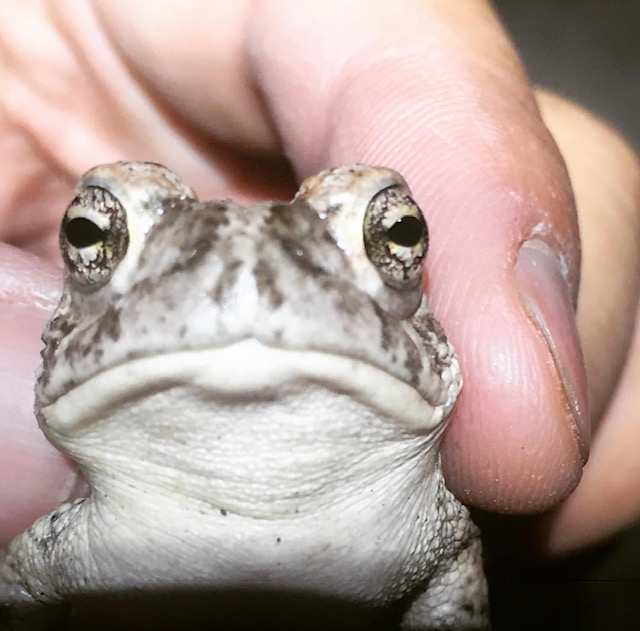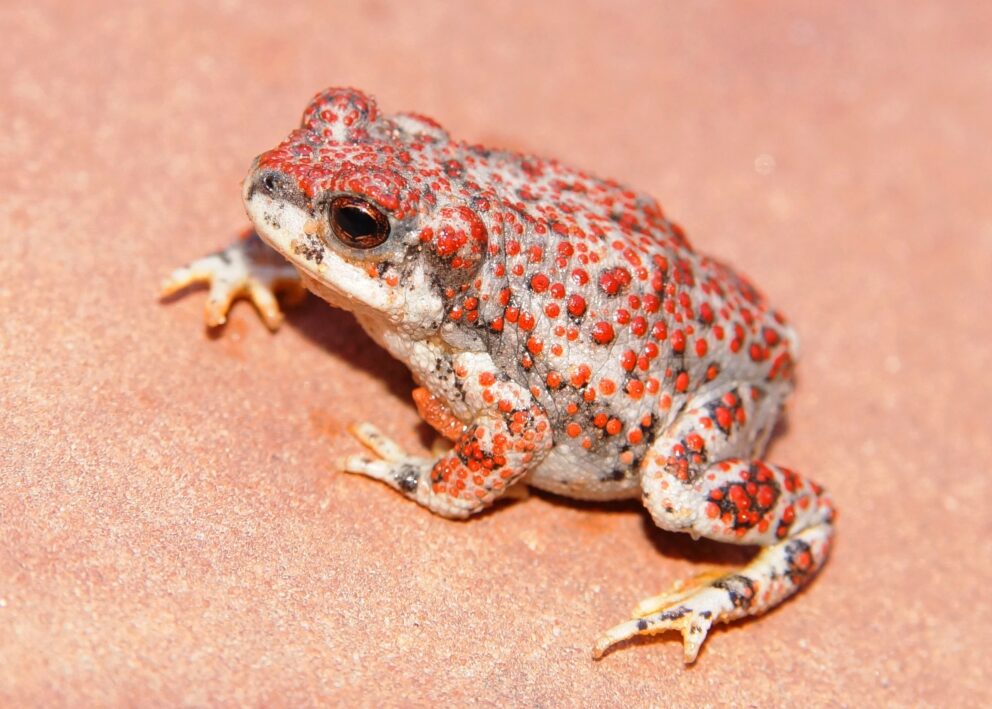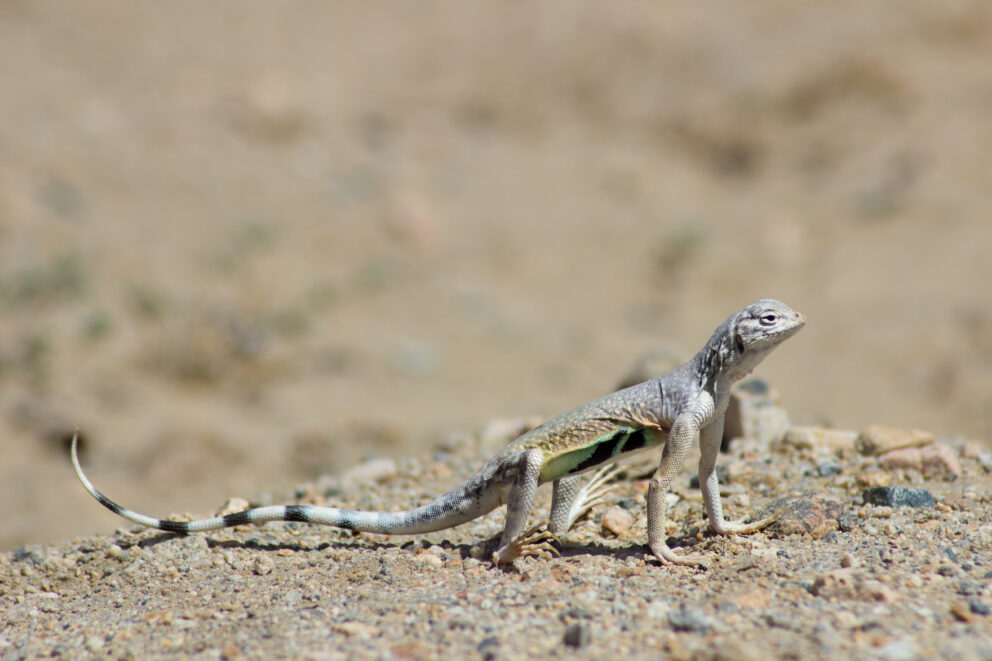- SCIENTIFIC NAME
- Anaxyrus microscaphus
- CLASSIFICATION
- Amphibian
- LIFE SPAN
- 4-5 Years
- STATE CONSERVATION STATUS
-
- Priority Species
- FEDERAL CONSERVATION STATUS
- Least Concern
- GAME STATUS
- Non-Game
- Washoe
- Humboldt
- Pershing
- Churchill
- Mineral
- Lyon
- Douglas
- Carson City
- Storey
- Elko
- Lander
- Eureka
- White Pine
- Esmeralda
- Nye
- Lincoln
- Clark
Habitat & Range
In Nevada, the Arizona Toad is found exclusively in the Meadow Valley Wash and the Virgin River drainages. They are dependent on water to reproduce and prefer slow moving water.
- Lakes and reservoirs
- Springs and springbrooks
- Warm desert riparian
Threats
- Habitat Degradation
- Habitat Loss
- Invasive Species
- Water Diversion
Natural History
The Arizona Toad spends its days in sandy burrows until night falls and it cools down. They emerge to forage for a wide variety of invertebrates such as crickets, beetles, ants, spiders, and snails. These small toads have little protection against predators, however, they have a parotoid gland that produces a foul-tasting toxin. Common predators include birds, reptiles, and raccoons.
Rain does not trigger this species to breed, but warming temperatures do. They will wait for water levels to drop before breeding to ensure that there are calm, shallow areas along streams to lay their eggs. They will lay around 4,500 eggs in slimy strands under the water and the eggs usually hatch less than a week after being laid. The rate in which the tadpoles metamorphose into adults depends on temperatures, available resources, and a few other factors.













